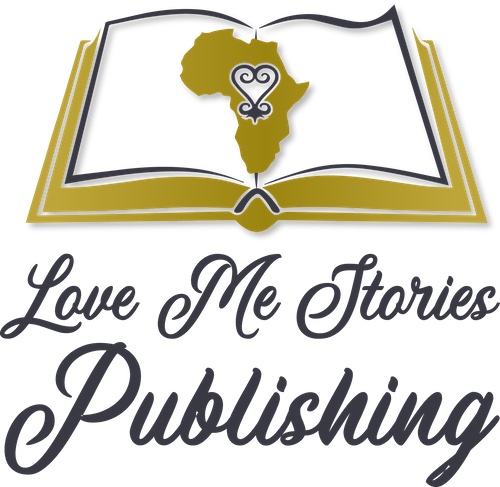By Mellisa Genfi
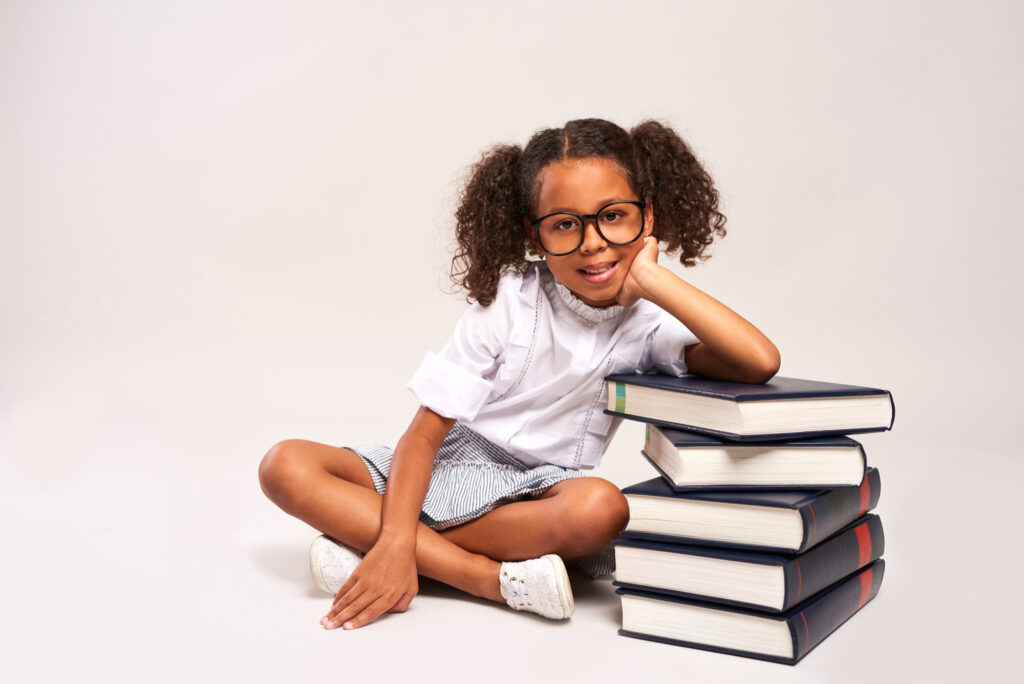
Source: gpointstudio
“A good teacher, like a good entertainer first must hold his audience’s attention, then he can teach his lesson.” Dr John Henrik Clarke
The Power of Storytelling
Storytelling has been a tool that has been used in ancient times. Traditional storytelling has been used in various cultures to propagate tradition, beliefs and values. A great example of a people that have used storytelling to entertain, educate and promote their culture and way of life are the numerous nations within West Africa. Famous stories such as Anansi the spider have been passed down by griots from generation to generation teaching moral lessons and consequences of not making the right decisions in life.
Fast forward to 2023 and storytelling is still a powerful tool that can be used in 21st-century education. It engages students’ imagination, stimulates critical thinking, and promotes a deeper understanding of various subjects. The integration of storytelling in 21st-century education recognizes the importance of engaging students in meaningful and relevant ways. By using narratives as a foundation for learning, educators can foster creativity, critical thinking, empathy, collaboration, and digital literacy skills among students, preparing them for the challenges and opportunities of the modern world.
Benefits of Storytelling for Students
Storytelling in 21st-century education provides several benefits to students.
-
Enhances engagement and motivation
-
Captures students attention and immersing them in the learning process.
-
Improves comprehension and retention providing context and meaning.
-
Promotes critical thinking and problem-solving skills as students analyze characters’ motivations and evaluate different outcomes.
Through stories, students develop emotional connections, empathy, and understanding of diverse perspectives. Storytelling nurtures language and communication skills, fosters creativity and imagination, and encourages collaboration and teamwork. It also cultivates cultural appreciation, diversity, and digital literacy, preparing students for the challenges of the modern world.
Storytelling helps to understand different Cultures
Storytelling has a remarkable power to ignite curiosity, broaden horizons, and build empathy. As you immerse yourself in stories from diverse backgrounds, you uncover the vibrant tapestry of human experiences and gain a deeper appreciation for the richness and complexity of different cultures.
Students that share stories their personal stories and life experiences can help young people become motivated to contribute to society in the future, which also give students a sense of belonging to a wide community.
Teachers and educators need to find a new approach to engage students, storytelling is the perfect strategy for teachers to learn about their students who come from different backgrounds and cultures.
However, through stories, students embark on a cultural adventure, unravelling the traditions, values, and customs that shape societies. These narratives provide a window into the unique contexts and perspectives of various cultures. From ancient folklore to contemporary tales, storytelling unveils the intricacies of diverse communities, encouraging children to embrace cultural differences and fostering a spirit of cultural appreciation.
Storytelling builds chemicals in the brain
Storytelling has a captivating effect on our brains, triggering the release of oxytocin—the “love potion” of the brain. This magical chemical enhances trust, empathy, and connections within the brain. As students engage with stories, oxytocin floods their minds, creating a deep sense of connection with the characters and the storyteller.
Oxytocin also boosts memory and learning, making the story’s details more memorable and facilitating intellectual growth. When students share storytelling experiences, oxytocin fosters a sense of community and camaraderie. The power of storytelling and oxytocin combines to create an enchanting and transformative learning journey for students.
Digital stories help to understand all subjects
Storytelling, reading, and digital stories have the remarkable ability to enhance understanding across all subjects. They provide engaging and contextualized learning experiences that help students connect new concepts to familiar contexts, making the content more relatable and memorable.
Digital storytelling, with its visual and interactive components, enhances students’ comprehension and critical thinking skills. Analysing and interpreting visual cues and multimedia elements in digital stories develops visual literacy and critical thinking abilities that are essential in various subjects. Additionally, digital storytelling allows students to personalize their learning experience by creating their own stories, fostering a deeper connection to the subject matter, and promoting ownership of learning.
Hence, storytelling transcends subject boundaries and helps students see connections between different disciplines. By incorporating multiple subjects into stories e.g. mathematics, students can learn experience of individuals who have used maths to make a difference in the world. Students will develop a holistic perspective and apply knowledge from different domains to solve problems and explore complex issues. Reading stories, whether in traditional or digital form, nurtures language and literacy skills, expanding students’ vocabulary and developing their reading comprehension abilities.
Conclusion
Storytelling holds immense potential in 21st-century education. Engaging students, providing context, and fostering understanding across subjects, create a dynamic and immersive learning experience. Whether through traditional or digital formats, storytelling enhances comprehension, simplifies complex concepts, promotes multidisciplinary connections, develops language and literacy skills, and fosters critical thinking and real-world application.
It is a powerful tool that sparks curiosity, ignites the imagination, and empowers students to navigate the complexities of the modern world. By embracing storytelling, educators can unlock the full potential of education in the 21st century and inspire lifelong learners.
Checkout books and educational prints to encourage storytelling!
New Book!
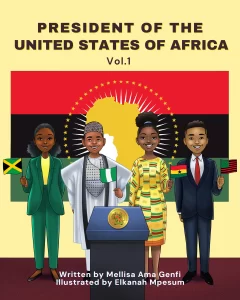

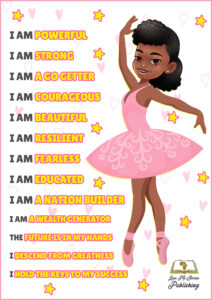
For all your educational needs come again to:
https://www.etsy.com/shop/LoveMeStoriesPrints
Follow us on Social Media
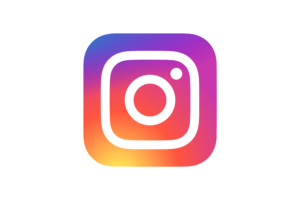
https://www.instagram.com/love_me_stories1/

